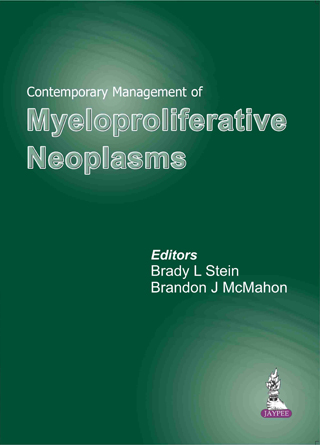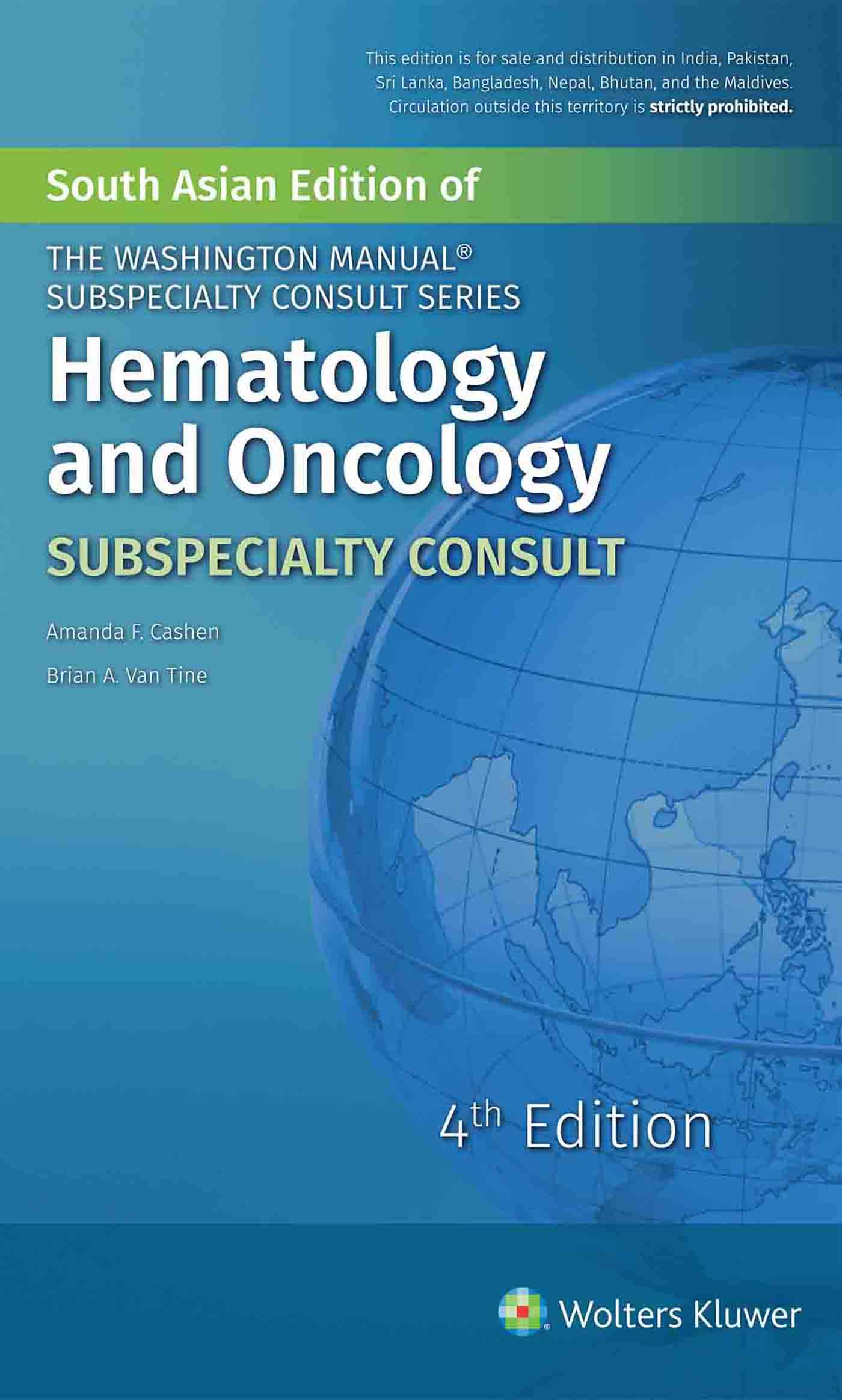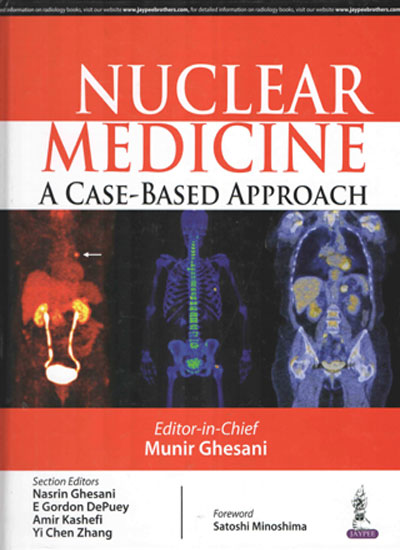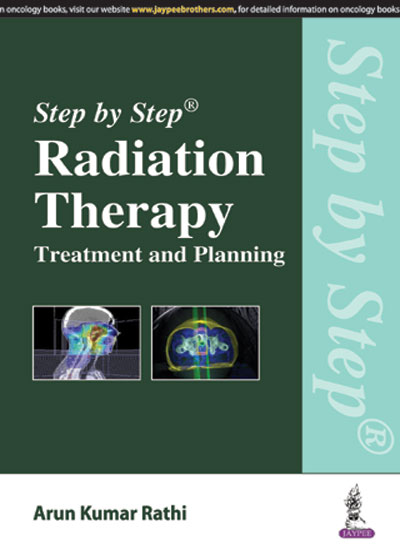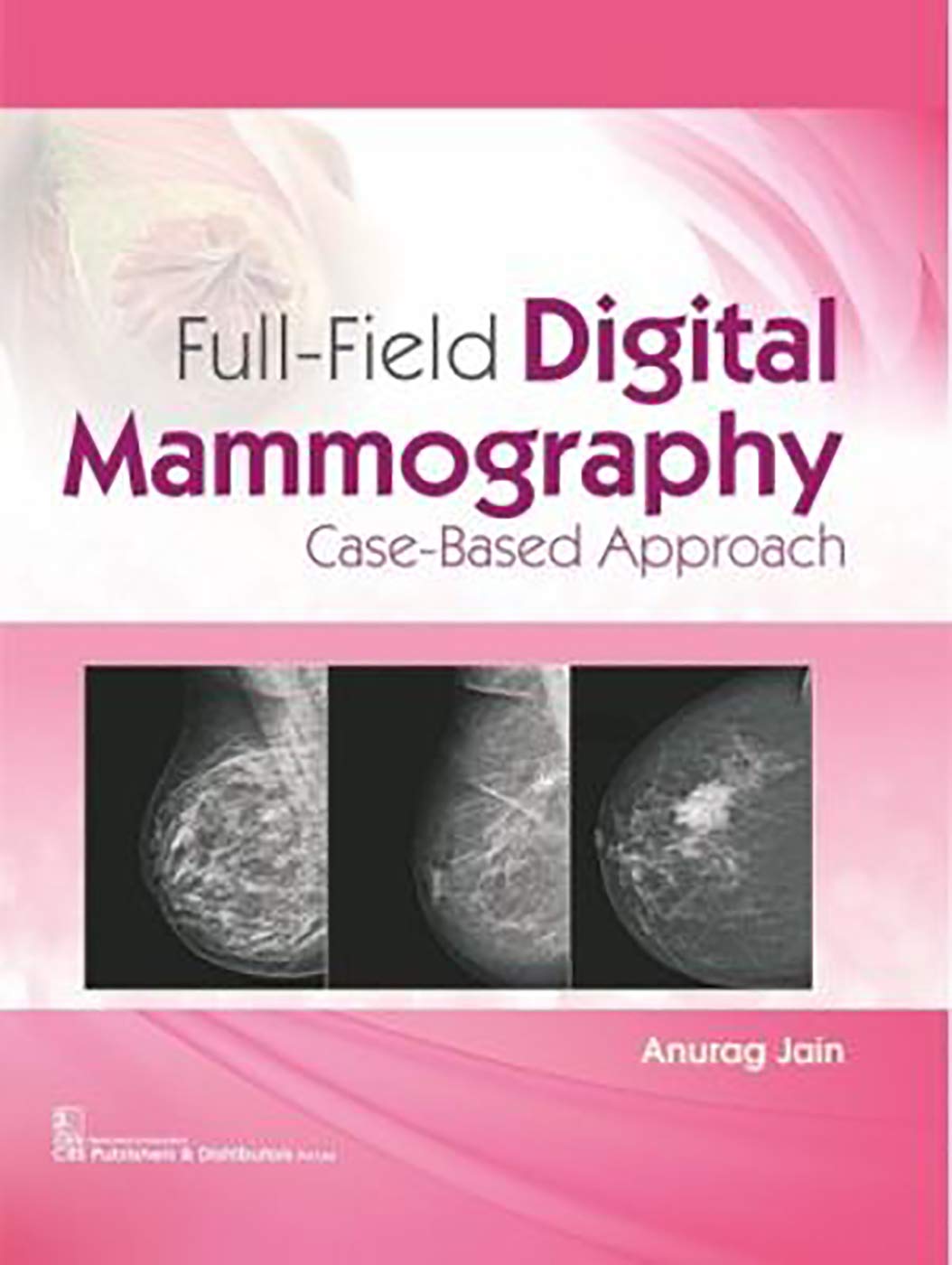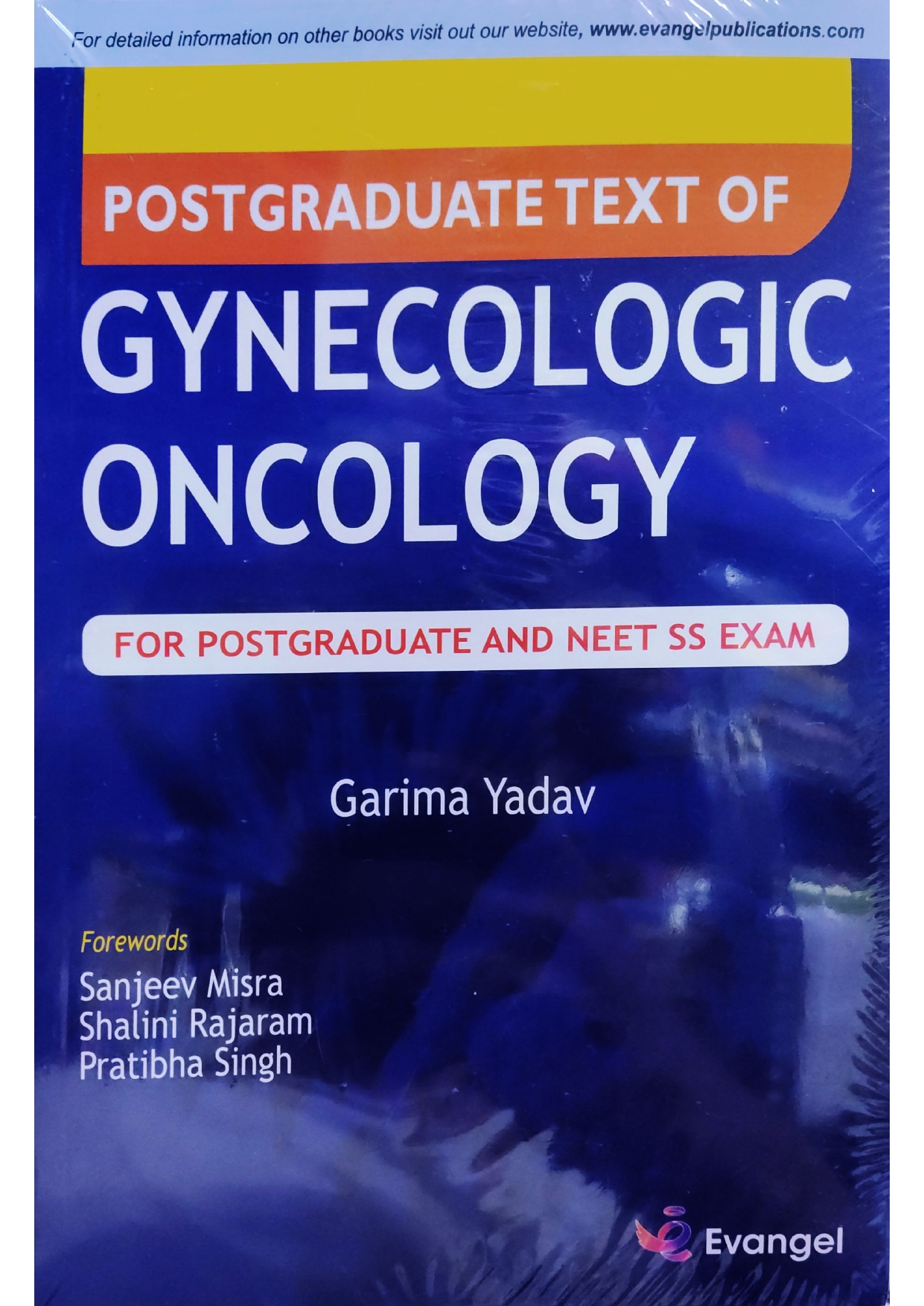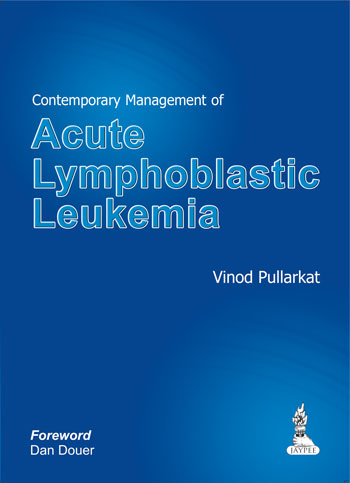Contemporary Management Of Myeloproliferative Neoplasms
| ISBN | 9789351523628 |
| Published Year | 2015 |
| Publisher | Jaypee Brother Medical Publishers |
| Condition | New |
| Language | English |
| Edition | 1 Edition |
| Binding | Hardbound |
| Return Availability | Returnable upto 3days (*T&C applied) |
Get Additional 2% OFF, use PROMOTEAIBH2
Enter pincode to check COD availability
Product Full Description
Quick Overview This book provides an overview of the diagnostic classification of the MPN, with relevant examples of the histology; this is still critical in establishing a diagnosis, of course complimenting molecular genetic studies. We next provide an overview of relevant contributors to disease pathogenesis, which will provide a background and rationale for the later chapter on novel MPN therapies (Janus kinase-inhibition and others), especially for myelofibrosis (MF). Because thrombotic and bleeding complications can dominate the clinical course during the first decade of disease in essential thrombocythemia (ET) and polycythemia vera (PV), an entire chapter is devoted toward the epidemiology, pathogenic features, risk factors, and management of this set of complications. An in depth review of epidemiology, clinical features, prognosis, and treatment of ET, PV, and MF is provided in chapters 4–6. Because JAK2 V617F is found in virtually all patients with PV, the impact of this mutation is discussed more extensively in chapter 5. Transplantation remains the only curative procedure for the MPN, particularly MF, but the decision to proceed is challenging for physicians and patients alike, and relevant data on prognosis, conditioning regimens, and outcomes are reviewed. Finally, patients with mast cell diseases and hypereosinophilic disorders present challenges in diagnosis and treatment, and the approach to these issues, as well as an update on management of these BCR-ABL negative MPNs is provided in chapters 9 and 10. This book compliments practical aspects of diagnosis and treatment with insights into disease pathogenesis in a rapidly changing landscape, gearing towards students, residents, fellows, and attendings with a special interest in MPN. We hope the readers will agree, and find this book to be a useful tool for the care of their own MPN patients. Key Features Comprehensive overview of diagnostic classification, epidemiology, clinical features, and treatment of the BCR-ABL negative myeloproliferative neoplasms (MPNs), including essential thrombocythemia, polycythemia vera, myelofibrosis, mast cell diseases, and hypereosinophilia Special attention has been paid to thrombosis and hemorrhage in essential thrombocythemia and polycythemia vera, and stem cell transplantation in myelofibrosis Insights into the role of JAK2 V617F, as well as other aspects of disease pathogenesis and progression that establish rationale for a chapter on novel therapeutic strategies Provides a balanced view of both the relevant scientific and therapeutic aspects of the MPNs, complimenting the practical and academic aspects of these diseases Relevant material geared to students, residents, fellows, and attending hematologists with an interest in MPNs. Target Audience Students, residents, fellows, and attendings with a special interest in MPN DOODY'S BOOK REVIEW REVIEWER'S EXPERT OPINION David Snyder, M.D.(City of Hope) Description ation of myeloproliferative neoplasms (MPNs), current understanding of molecular pathogenesis of these diseases, management of clinical complications of thrombosis and bleeding, and treatment approaches including chemotherapy and transplantation. The main emphasis is on the three major subtypes of MPN: essential thrombocythemia (ET), polycythemia vera (PV), and myelofibrosis (MF). The authors also cover less common disorders of eosinophils and mast cells. Purpose f clinical management with insights into disease pathogenesis. This is an important goal in this era of rapid discoveries in the field of MPNs. The book meets the stated goals. Audience According to the editors, the book is written for students, physicians in training, and attendings with an interest in MPNs. The editors and authors are recognized specialists in MPNs, although they are not among the top tier of investigators in this field in the United States. Features This is a fairly up-to-date overview of MPNs in terms of diagnostic criteria and pathogenesis. One chapter is devoted to thrombotic and bleeding complications in MPNs. The three main MPNs are covered in detailed chapters including their molecular pathogenesis and clinical management. The role of allogeneic stem cell transplant is well reviewed by a recognized leader in this field. Novel therapies under clinical investigation are discussed in detail. The less common disorders of eosinophils and mast cells are fully covered in separate chapters. Like any book about diseases that are rapidly evolving in terms of scientific knowledge, the most recent developments in this field are not fully covered. CALR mutations are mentioned, but recently published data describing the prognostic significance of this mutation compared to JAK2, MPL, or no mutations are not included here. The approval of ruxolitinib for PV is not discussed. Newer prognostic scoring systems that incorporate molecular markers are not mentioned. Recent data about the potential role of JAK2 inhibitors in treating active GVHD are also not included. Assessment This is a valuable review of the current state of scientific understanding and clinical management of BCR-ABL negative MPNs (with a few deficiencies as discussed above). It meets the stated goals to be a valuable tool for students, physicians in training, and attending physicians. This book is comparable in scope to two others in this field Myeloproliferative Neoplasms: Biology and Therapy, Verstovsek and Tefferi (Humana Press, 2011) and Myeloproliferative Disorders: Symptoms, Risk Factors and Treatment Options, Camden (Nova Science, 2014)) but it is the most up to date and, therefore, it is a valuable addition to the field.Specification
General
FAQ
-
What is AIBH?
All India Book House (AIBH) is one famous Retailer, Wholesaler, Importer and Supplier of Medical Books. With Head Office in Nai Sarak (near Chandni Chowk-Delhi) that is lined with many bookshops and thronged by book lovers from across the world.
-
How AIBH offers best price for medical books?
AIBH is exlucsive partners with multiple publishers resulting which we get the best prices which we pass on to our consumers directly without any third party involvement.
-
What is estimated delivery time?
Delhi NCR - 1-3 Days
North India/Metro City - 4-6 Days
Rest of India/Special Zone : 5-7 Days
Due to Covid-19 products ships in 1-2 days -
Do you take returns?
Yes we take returns, to read more about our return policy click here https://www.aibh.in/return-policy
-
Do you offer COD/Cash On Delivery?
Yes we offer COD


